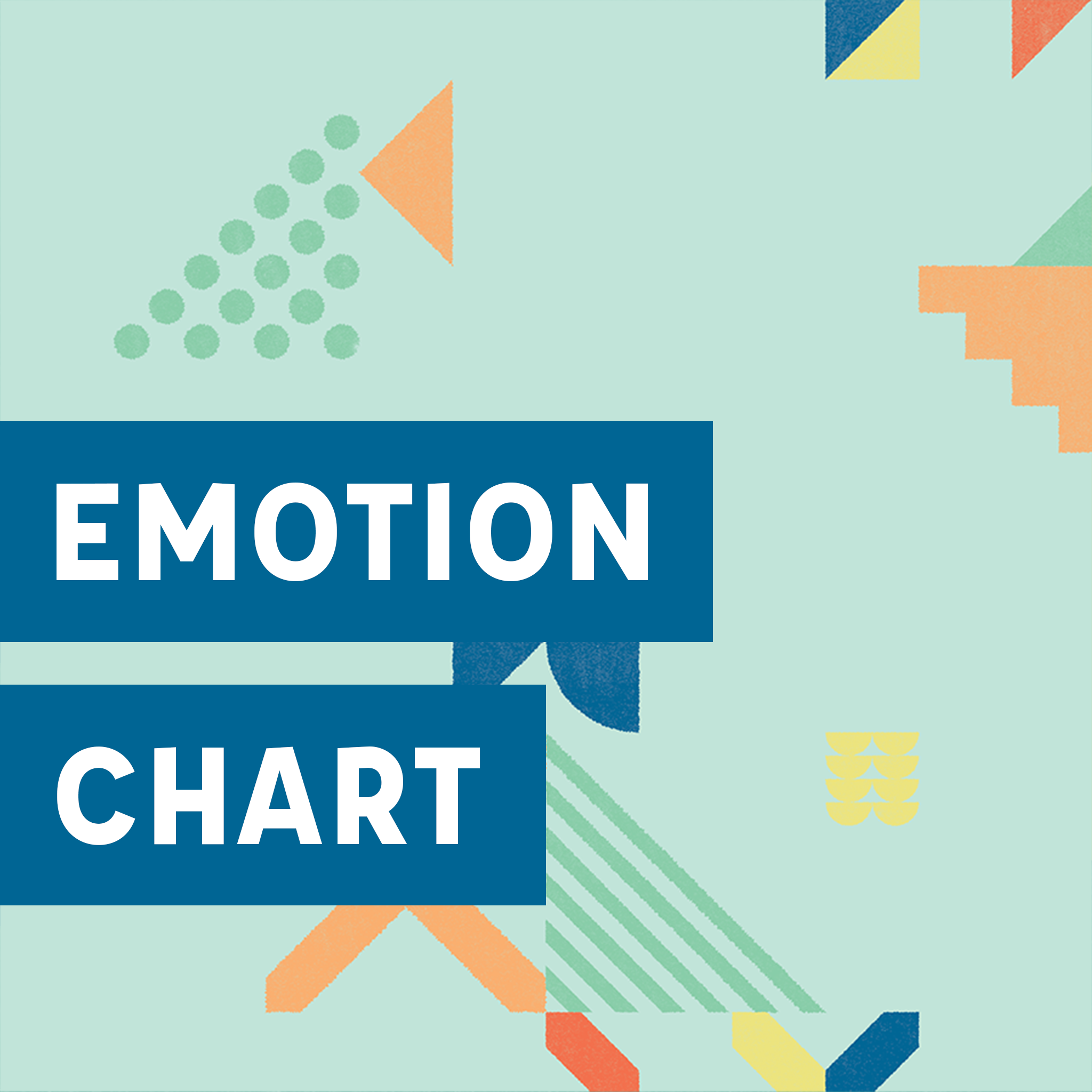Matching Emotions Game
MATCHING EMOTIONS GAME
Did you know humans are thought to experience over 25 different emotions? Our days are so filled with emotions that often, it becomes difficult to name how we are feeling.
GOAL
With the Matching Emotions Game, we will practice identifying emotions in ourselves and those around us. After a set time of writing “How I feel when…” sentences, each player will have a chance to read their sentences out loud, and the other players will guess which emotion matches the sentence.
Getting Started
Supplies:
Blank paper and a writing utensil for each player
Stopwatch or timer
Time needed: 30-45 minutes
Set-up
When you are ready to play the game, gather your players around the Friendzy emotions chart (provide the version appropriate for your players’ ages) and give each player their sheet of paper and a writing utensil (younger players may need assistance writing). You may give each player their emotions chart or place one somewhere where everyone can see it.
Go
Give every player a moment to look at the emotions chart and ask if anyone has questions about any of the emotions listed.
Explain to all players that you will set a timer for 10 minutes and that they are to choose five emotions from the emotions chart (don’t share with others!). For each emotion they choose, each player should write a sentence describing a situation that makes them feel one of their five chosen emotions. Each sentence should use the “How I feel when…” format. Give more time if needed so that each player has 5 sentences.
Example: Emotion: Frustrated Sentence: How I feel when I Don’t understand my Homework.
Encourage students to draw from real experiences.
One at a time, each player shares one of their sentences. Everyone gets one guess of what the emotion is that matches the sentences. Multiple players can have the same guess. The sentence writer then shares the emotion that corresponds with their sentence, and everyone who answers correctly gets the point. Each player can record their own points on their scratch paper.
Go from player to player, one sentence at a time, until they have all been shared.
Whoever has the most points wins!
Tip
It is important to understand that emotions and behaviors are different. While identifying how we feel is a good thing, what we do with how we think has an opportunity to be constructive or destructive. Take a moment to help your students understand the difference between emotions and behaviors. Consider also taking a moment to discuss destructive behaviors that emotions can lead to and how we can replace bad behaviors with constructive behaviors. (Anger or Frustration are great emotions to center this conversation around.)
Connect with Each Other
Look at the emotions you choose to write a sentence about- did you choose more positive emotions, negative emotions, or an even number of both? Why do you think that is?
Which types of emotions were easiest for you to identify in others? Why do you think that is?
Look at the emotions chart and identify emotions that nobody chose. Can you think of a time you felt these emotions? If not, why do you think these emotions are harder to identify?
Did you learn anything about yourself when writing down times that you’ve experienced specific emotions?
By taking a moment to understand how certain things make you feel, does this give you more empathy towards others who you see struggling with emotions?
Game Recap
We have so many emotions throughout the day it is often hard to know exactly what we are feeling when we are feeling it! It can also be hard to see what other people are feeling in any given moment too. By taking a moment to think about how certain things and experiences make us feel, we can learn a lot about ourselves and others! By understanding what emotions we have felt in the past and what behaviors they led us to, we can be better equipped for the future to understand how we are feeling and meet those emotions with constructive behaviors. Understanding our own emotions also helps us to have empathy for others, especially when they are experiencing negative emotions.
















